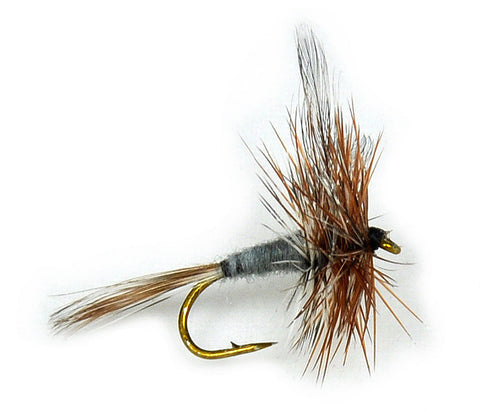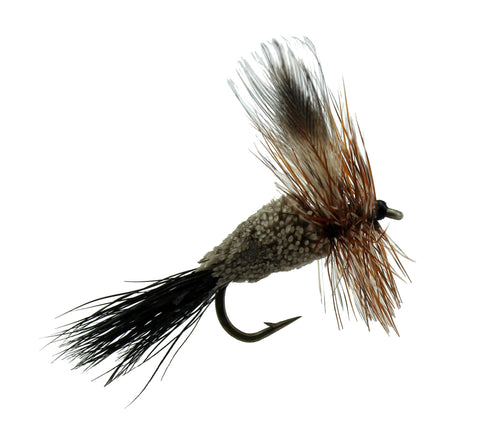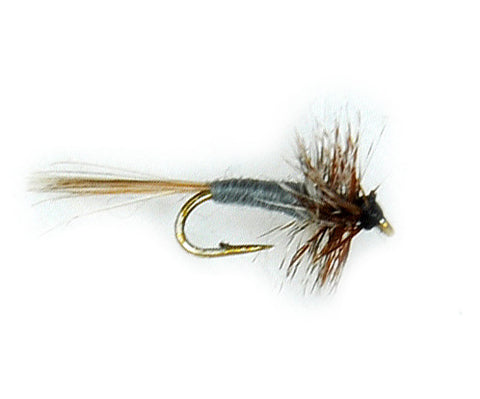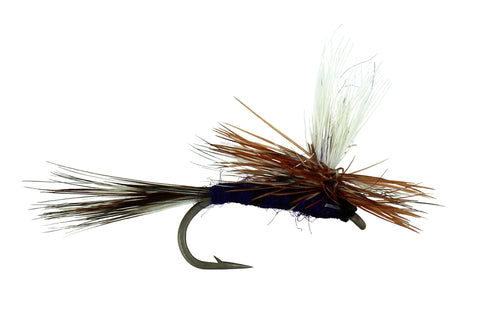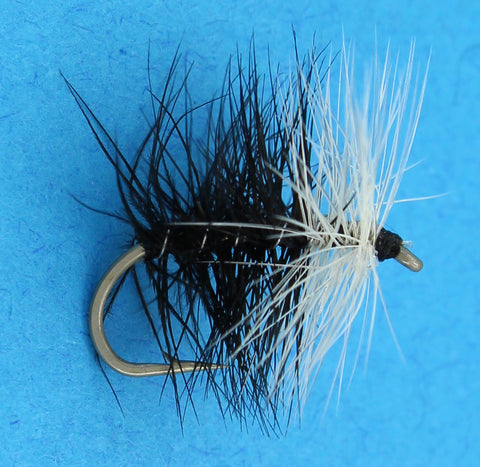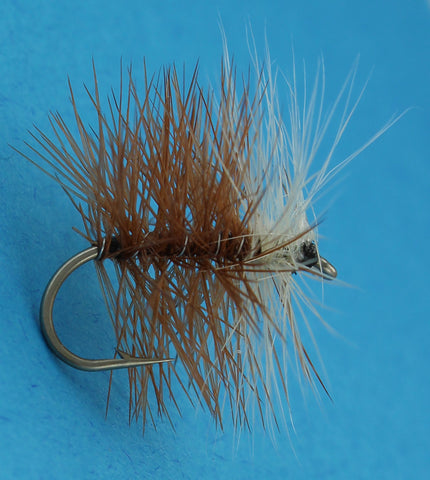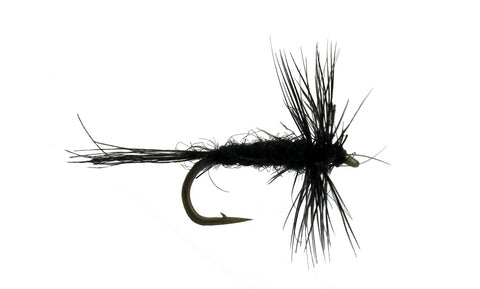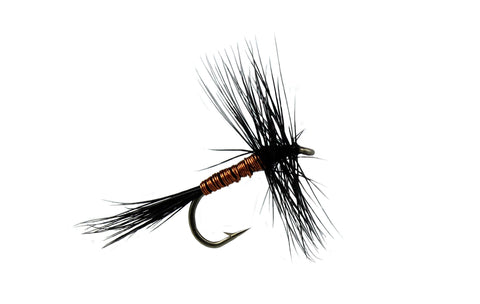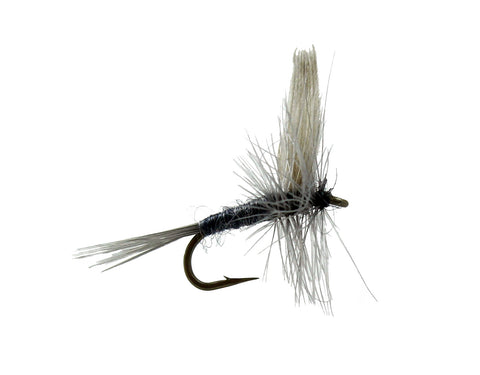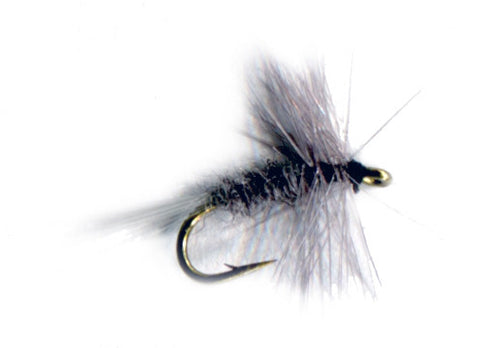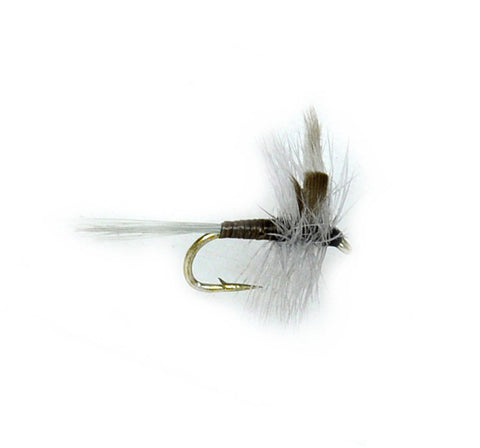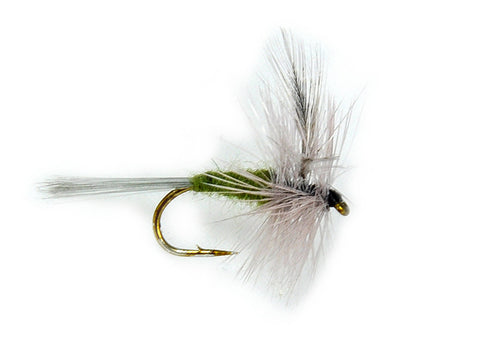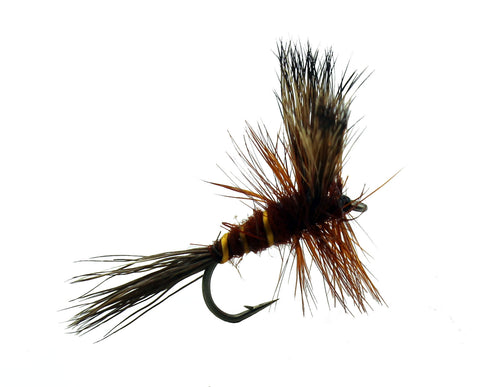Little Yellow Sally
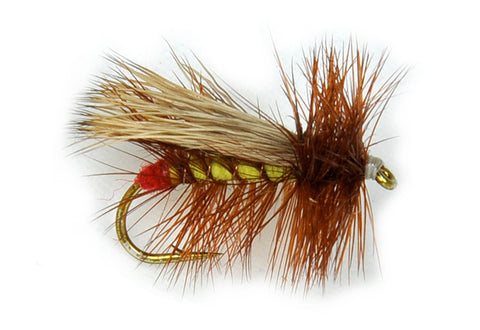
This Little Yellow Sally pattern can be best described as a classic. It is often an overlooked pattern. This Little Yellow Sally pattern imitates a prolific and widespread stone fly, the Isoperla Fulva. This stonefly can be found in rivers and streams throughout the continental USA. Fish this pattern in late spring and summer, when this hatch is most prolific. This hatch will typically occur in mid to late afternoon and fortunately for all anglers, when there is little action on the water and as such is an essential part of the collection. An interesting fact about this stone fly is that is sometimes infected with parasitic red mites, it is not a discoloration, but a color variance. The trout do not seem to mind.
Towards dusk the stone fly nymph will emerge from the water’s edge and crawl out of the water onto objects before emerging. Then they will begin swarming and breading in the warmer part so the day. Females return to the water to lay their eggs by dipping their abdomens in riffles and slightly faster flows, so look for that activity. Once spent they will end up in the tail eddies of pools and runs, which in turn presents its own casting opportunity.
When fishing any dry fly pattern, matching the color and the size to the hatch are critical, with presentation being the finishing touch to this trinity. Often overlooked is the casting of shadow from your leader, which may lead to spooked fish. We suggest selecting a high float leader. Additional waterproofing can be given to you fly delaying it becoming waterlogged, by applying a flotant product such as Gink ®.
All flies are tied with American sourced materials including Hareline Dubbin Materials and Whiting Farm's Hackles & Capes and are tied on premium hooks.

